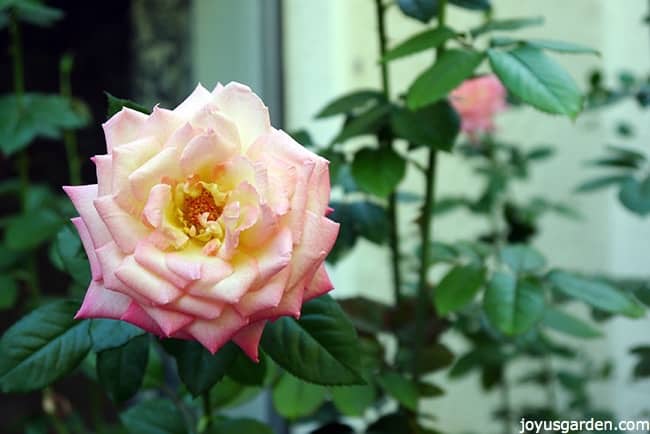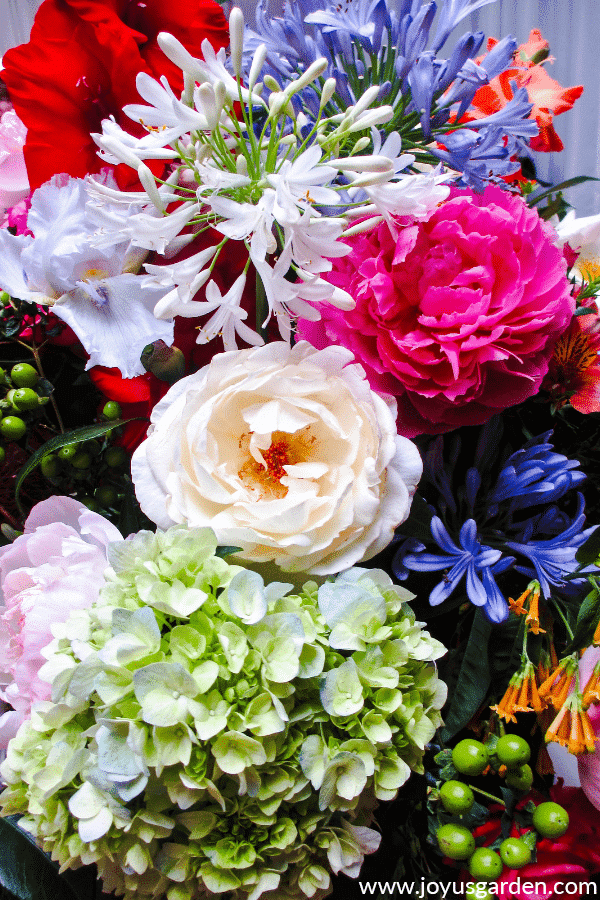How to Rebloom Orchids
Orchids are beautiful and exotic flowers that are associated with fertility, virility, and sexuality. They look great in home decor adding elegance and grace to an area. However, many people struggle with how to rebloom orchids.
How long your orchid lasts greatly depends on how well you take care of it. The most beautiful part of the orchid is its blossom and unfortunately, it can be difficult to maintain. Caring for orchids can be a tedious process that often ends in frustration. The key is to remain patient and attentive to the flower’s needs throughout its entire development.
The steps to rebloom an orchid for the first time can be difficult to implement without first knowing the general care tips for an orchid. So, we have broken up this guide into two sections for you. The first centers on how to care for your orchid. The second discusses how to make orchids rebloom.
Happy growing!
Some Of Our General Houseplant Guides For Your Reference:
- 3 Ways To Successfully Fertilize Indoor Plants
- How to Clean Houseplants
- Winter Houseplant Care Guide
- Plant Humidity: How I Increase Humidity For Houseplants
- Buying Houseplants: 14 Tips For Indoor Gardening Newbies
- 11 Pet-Friendly Houseplants
How to Care for Your Orchid
Orchids are some of the most commonly-grown houseplants but they require specific growing conditions. It is important to remember that orchids are very different from most plant species and so the amount of time spent caring for them should reflect that.
Like humans, the manner in which orchids mature is dependent on their environment. So, using caution when maintaining your plant’s habitat is essential to its healthy development. Once you master the basics of orchid care they become very easy to grow. Here are some quick and easy ways to help your orchid bloom to its full potential:

Lighting
– One of the most difficult parts of growing an orchid is providing it with the correct amount of sunlight. Unlike most plants, orchids need indirect sunlight to bloom.
– The best way to give your orchid the correct amount of light is to put your plant by east and west-facing windows. If you do not have any windows nearby, a fluorescent light will work too.
– If your plant develops black tips on its leaves, then it may be getting sunburned. If this happens, you should put your plant in a space where there is less direct sunlight.

Environment
– Orchids grow best in moderate room temperatures of 65 to 75 degrees Fahrenheit. They can handle nighttime temperatures as low as 60 degrees and daytime temperatures as high as 85 degrees. However, this can vary depending on the type of orchid that you are nurturing.
– It is best to avoid extreme temperature changes or drafts so we recommend keeping your orchid indoors.
– It is also important to keep your orchid away from any ripening fruits; they give off a gas that can be harmful to the plant.

Water
– Most orchids should be watered every week or two. When your orchids soil begins to feel dry, that means it needs to be watered. Here’s how Nell waters her phalaenopsis orchids.
– The best way to water your orchid is to take it out of its decorative container and take it to the sink in the plastic grower’s pot.
– Next, put your orchid under a slow-running tap for 10 to 15 seconds. As you are watering, wet each side of the plant but avoid the crown and leaves. You can also water your orchid using ice cubes.
– Before putting your orchid back in its original pot, let it drip-dry for five to 10 minutes so that the plant is not sitting in water.
– When your orchid’s growing mix begins to feel almost dry, it is time to repeat the process.
How to Make Orchids Rebloom
Once your orchid has stopped blooming it will enter a stage called dormancy. It may seem like your plant is dead at first but it is not. This dormancy stage is a resting period where the plant has time to replace nutrients that were dispensed during the blooming process. This dormancy stage usually lasts about six to nine months. After that, your orchid will have the energy to rebloom again.
However, sometimes orchids need help with this process and require even more attention than they did before. With the right amount of tender love and care you can get your orchid to rebloom.

Here are three easy steps to make your orchid rebloom:
1- Once your orchid enters the dormancy phase and stops blooming, begin fertilizing it. Most orchids will need a balanced houseplant fertilizer (20-20-20). This should be done monthly or weekly depending on the type of orchid that you have.
2- Move your orchid to a cooler area where the temperatures are between 55 and 65 degrees Fahrenheit. Keep your orchid in indirect sunlight at all times. Do this until a new flower spike emerges.
3- Once a flower spike has emerged, give it a couple months for the plant to reach about 5’’. Once this happens, it is time to start supporting your spike! You can do this with a loose tie and a stake. If a couple months pass and you do not see a flower start to emerge, try moving your orchid to a different location. It might not be getting the right temperature or indirect sunlight that it needs.
Once your orchid has started to rebloom, your work is not done. Continue to water and care for your orchid, like you normally would and its bloom should last between 30-45 days. If you are lucky, your orchid may be able to bloom twice a year!

Eight Reasons Your Orchid is Not Blooming
Sometimes, even when you give your orchid all the time and care that it needs, it still may not bloom. Here is a list of eight reasons your orchid may not be blooming:
1) Not enough light
Orchids should be placed in areas with indirect sunlight. If you plan on putting your orchid somewhere where this is not possible, such as a bedside table or home office, we recommend investing in a grow light.
2) Too much light
Unlike most plants, orchids will die when exposed to too much sun. Direct sunlight will result in the orchid’s leaves becoming sunburned. Make sure your orchid is placed in an area that receives indirect sunlight. If you are planning on using a grow light, set timers to replicate the natural night and daylight process.
3) Temperature
Orchids need to be in temperatures between 65 to 75 degrees Fahrenheit and cannot handle drastic weather changes. For this reason, we recommend keeping your orchid indoors at all times.
4) Fertilizer
If your orchid is in a sterile inorganic potting mix, it may not be getting all the nutrients that it needs. In order to give your orchid the nutrient boost that it requires, we recommend purchasing an urea-free fertilizer.

5) Repotting
When orchids outgrow their containers, the roots can suffocate from lack of proper ventilation. In order to tell whether or not your orchid needs to be repotted, pay attention to your orchid’s roots rather than its foliage. If the roots look brown or are creeping out of the container, it is time to repot.
6) Season
Unlike most garden flowers, orchids bloom their best in the fall.
7) Too much water
Over-watering your orchid is the number one reason why it may not be blooming. When you notice your orchid’s leaves wilting or its roots turning brown, this means that it is receiving too much water. If this happens, let the plant dry for about a week before watering again.
8) Too little water
In the same way that over-watering your orchid can negatively affect its growth, under-watering it can do the same. If your orchid’s leaves are looking dry, make sure to water the plant and give it the proper attention that it needs.
Basic Orchid Care In Six Easy Steps
Before you become too overwhelmed with the information we have given you, take a deep breath and review the basics. To make things easier we have created a visual guide of the six most important care tips for you to remember. Once you have these down, getting your orchid to bloom and rebloom should be easy!
YOU MAY ALSO ENJOY:
- Repotting Basics: Basics Beginning Gardeners Need To Know
- 15 Easy To Grow Houseplants
- A Guide To Watering Indoor Plants
- 7 Easy Care Floor Plants For Beginning Houseplant Gardeners
- 10 Easy Care Houseplants For Low Light

This post may contain affiliate links, you can read our policies here.






